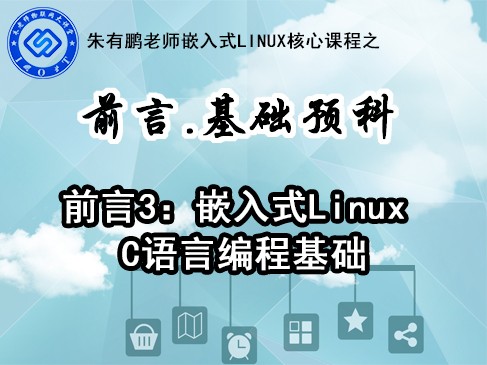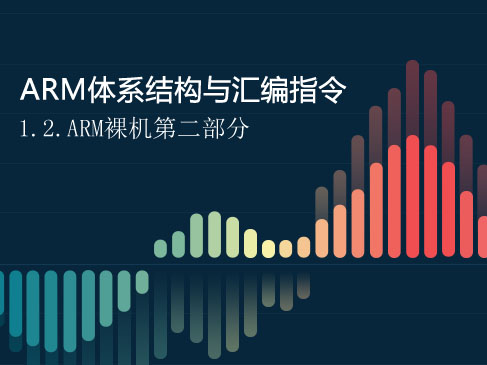-
Best selling package -
Selected Package -
Popularity package -
Exclusive package -
High salary package


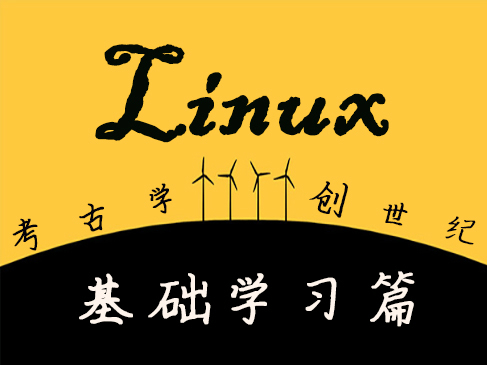

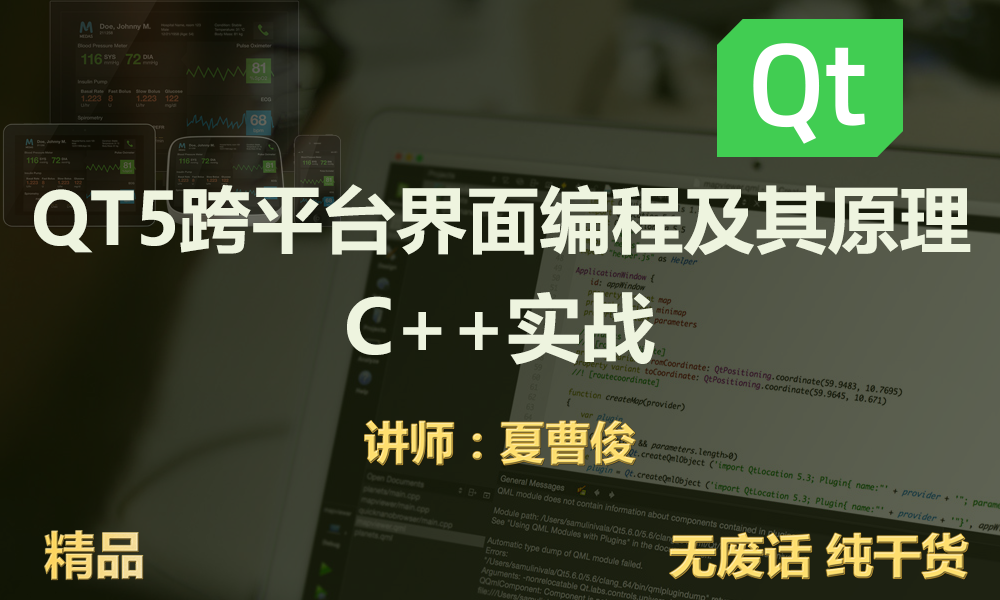
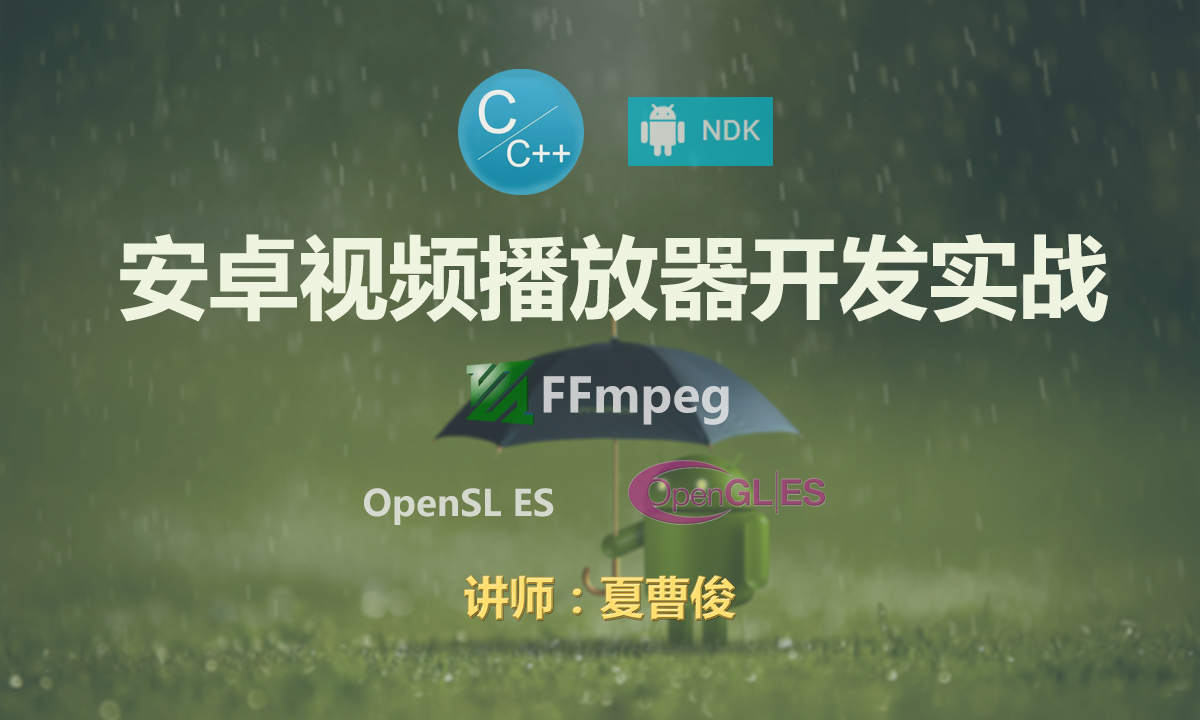

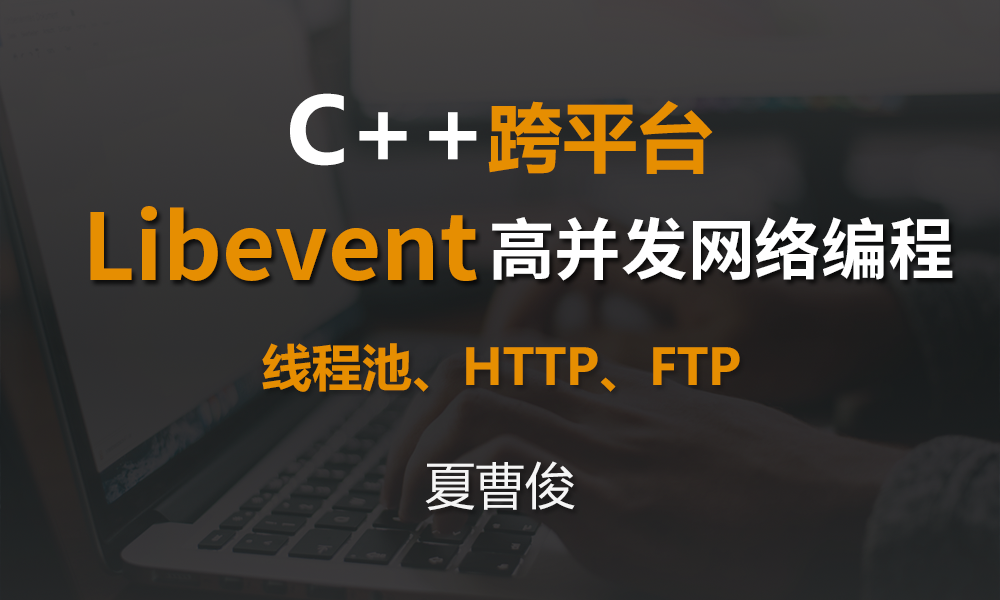
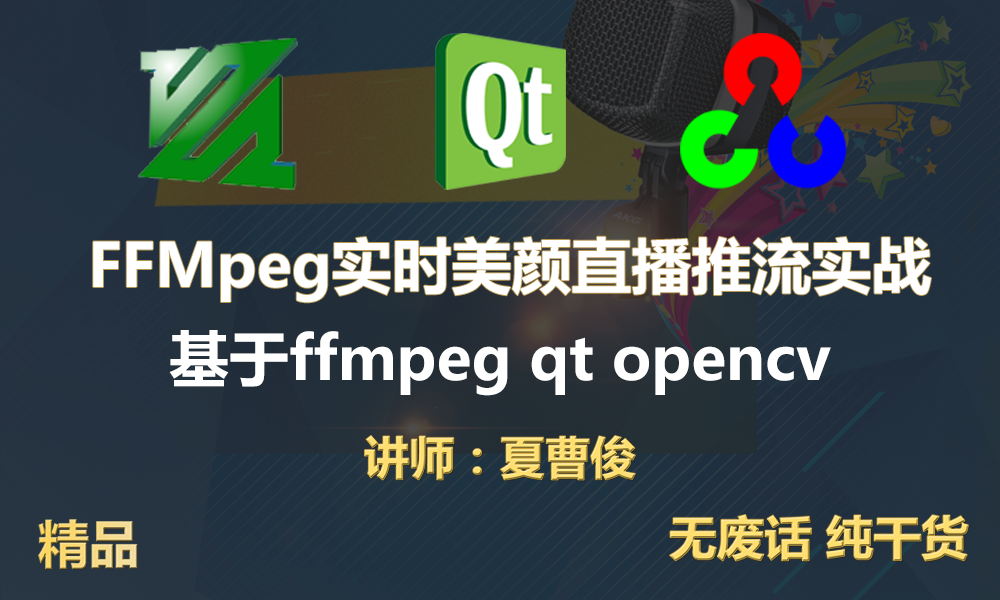

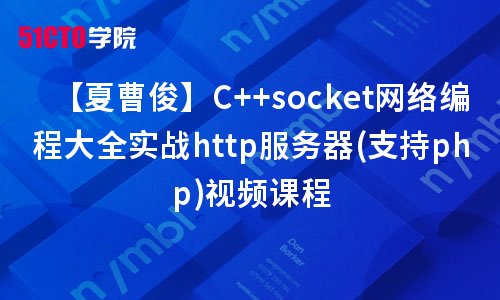




-
Course Introduction -
Course outline
one 2.2.1. Typical C++object-oriented programming1 This section uses a typical case to demonstrate the process of typical C++programming, class declaration, implementation, invocation and other processes. Click "Only for paying users" to download "Coursewares_2.2. C++encapsulation and access permissions. txt" [24:25] Start learning two 2.2.2. Typical C++object-oriented programming2 This section continues the previous section's case demonstration adjustment, adding functions, and explaining the whole process in detail. Click "Only for paying users" to download "Coursewares_2.2. C++encapsulation and access permissions. txt" [26:54] Start learning three 2.2.3. C++constructor and destructor This section introduces the concept of constructor and destructor to let you know what they are used for. Click "Only for paying users" to download "Coursewares_2.2. C++encapsulation and access permissions. txt" [31:57] Start learning four 2.2.4. Using dynamic memory in constructors and destructors 1 This section explains how to dynamically allocate memory in the constructor, and then release and recycle in the destructor. Click "Only for paying users" to download "Coursewares_2.2. C++encapsulation and access permissions. txt" [25:36] Start learning five 2.2.5. Using dynamic memory in constructors and destructors 2 This section follows the routine in the previous section to explain how to dynamically allocate memory in the constructor, and then release and recycle in the destructor. Click "Only for paying users" to download "Coursewares_2.2. C++encapsulation and access permissions. txt" [26:23] Start learning six 2.2.6. Initialization of constructors and class members 1 This section explains how to initialize member variables of a class in the constructor. Click "Only for paying users" to download "Coursewares_2.2. C++encapsulation and access permissions. txt" [21:05] Start learning seven 2.2.7. Constructor and Class Member Initialization 2 This section continues to explain the members of the initialization class in the constructor, especially when the default value of the parameter is introduced. Click "Only for paying users" to download "Coursewares_2.2. C++encapsulation and access permissions. txt" [22:49] Start learning eight 2.2.8. Introduction of Copy Constructor 1 This section introduces the copy constructor, and details that different methods when defining objects will lead to different constructors being actually called. Click "Only for paying users" to download "Coursewares_2.2. C++encapsulation and access permissions. txt" [17:36] Start learning nine 2.2.9. Introduction of Copy Constructor 2 This section continues to explain the copy constructor, and let you thoroughly understand the copy constructor through cases. Click "Only for paying users" to download "Coursewares_2.2. C++encapsulation and access permissions. txt" [17:44] Start learning ten 2.2.10. Light copy and deep copy This section introduces the concepts of shallow copy and deep copy, and focuses on how to use deep copy to solve the implementation of copy constructor when dynamic memory allocation is available. Click "Only for paying users" to download "Coursewares_2.2. C++encapsulation and access permissions. txt" [32:11] Start learning eleven 2.2.11. What is the access permission problem This section introduces the access permission problem, and verifies the access permission in four cases of public and private with examples. Click "Only for paying users" to download "Coursewares_2.2. C++encapsulation and access permissions. txt" [25:24] Start learning twelve 2.2.12. Why should C++design access permissions This section analyzes why C++introduced access permission design. In fact, it allows people to understand the meaning of access permission from the demand side. Click "Only for paying users" to download "Coursewares_2.2. C++encapsulation and access permissions. txt" [20:16] Start learning thirteen 2.2.13. Some new programming concepts brought by access rights This section expands and explains the new programming concept under the thinking of access rights, focusing on read-only and write only variables, as well as the architecture design idea. Click "Only for paying users" to download "Coursewares_2.2. C++encapsulation and access permissions. txt" [27:56] Start learning fourteen 2.2.14. Difference between struct and class This section explains the difference between struct and class, so that we can completely transition from struct to C++object-oriented class. Click "Only for paying users" to download "Coursewares_2.2. C++encapsulation and access permissions. txt" [28:40] Start learning fifteen 2.2.15. What are const and mutable 1 This section focuses on the principle and process of C++using const to implement constant functions. Through cases, we can understand the benefits of this design. Click "Only for paying users" to download "Coursewares_2.2. C++encapsulation and access permissions. txt" [26:56] Start learning sixteen 2.2.16. What are const and mutable 2 This section introduces mutable so that you can thoroughly understand the principle and usage of const constant function and mutable hole drilling operation. Click "Only for paying users" to download "Coursewares_2.2. C++encapsulation and access permissions. txt" [23:18] Start learning seventeen 2.2.17. Close out and summary This section concludes with two knowledge points: pre declaration of class and inline member function, and gives a summary and review of the whole course. Click "Only for paying users" to download "Coursewares_2.2. C++encapsulation and access permissions. txt" [28:19] Start learning
-
Chapter -
Data name -
file size -
download
-
one Courseware_2.2. C++encapsulation and access permission.txt C++object-oriented programming: encapsulation and class implementation -
12.94KB -
Click Download
-
two Courseware_2.2. C++encapsulation and access permission.txt C++object-oriented programming: class definition and member method application -
12.94KB -
Click Download
-
three Courseware_2.2. C++encapsulation and access permission.txt Detailed explanation of C++constructor and destructor -
12.94KB -
Click Download
-
four Courseware_2.2. C++encapsulation and access permission.txt C++dynamic memory management: construction and destructor application -
12.94KB -
Click Download
-
five Courseware_2.2. C++encapsulation and access permission.txt C++Dynamic Memory Management and Memory Leak Detection -
12.94KB -
Click Download
-
six Courseware_2.2. C++encapsulation and access permission.txt C++constructor and member initialization -
12.94KB -
Click Download
-
seven Courseware_2.2. C++encapsulation and access permission.txt C++constructor and member initialization skills -
12.94KB -
Click Download
-
eight Courseware_2.2. C++encapsulation and access permission.txt C++Copy Constructor and Object Initialization Guide -
12.94KB -
Click Download
-
nine Courseware_2.2. C++encapsulation and access permission.txt C++Copy Constructor Explanation and Application -
12.94KB -
Click Download
-
ten Courseware_2.2. C++encapsulation and access permission.txt Analysis of C++Deep Copy and Light Copy Technology -
12.94KB -
Click Download
-
eleven Courseware_2.2. C++encapsulation and access permission.txt Object oriented programming: detailed explanation of access control -
12.94KB -
Click Download
-
twelve Courseware_2.2. C++encapsulation and access permission.txt C++Access Permission Design: Protection and Hiding -
12.94KB -
Click Download
-
thirteen Courseware_2.2. C++encapsulation and access permission.txt Access rights and advanced programming concept -
12.94KB -
Click Download
-
fourteen Courseware_2.2. C++encapsulation and access permission.txt Comparison and analysis of C++struct and class -
12.94KB -
Click Download
-
fifteen Courseware_2.2. C++encapsulation and access permission.txt C++const and mutable keyword application analysis -
12.94KB -
Click Download
-
sixteen Courseware_2.2. C++encapsulation and access permission.txt C++const and mutable keyword parsing -
12.94KB -
Click Download
-
seventeen Courseware_2.2. C++encapsulation and access permission.txt C++encapsulation features, pre declaration and inline functions -
12.94KB -
Click Download
